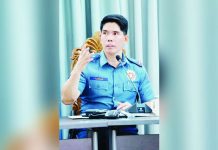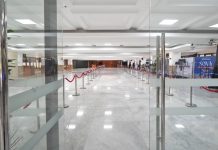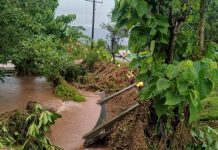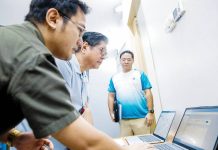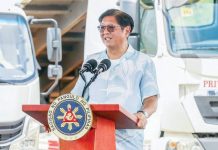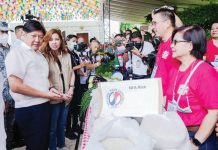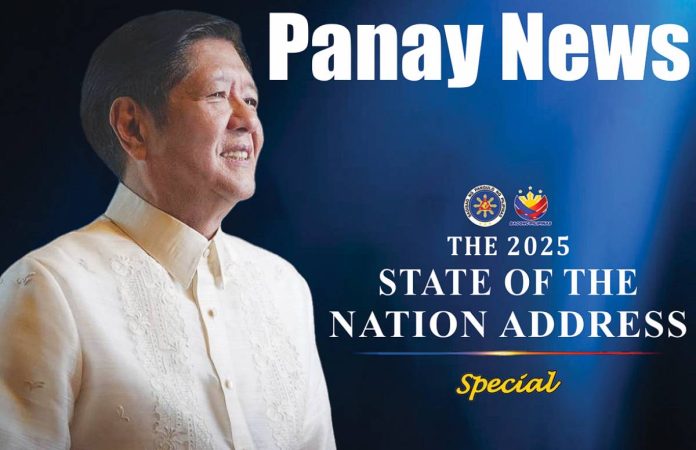
Today, as we Filipinos tune in to the 2025 SONA of President Ferdinand “Bongbong” Marcos Jr. – actually his fourth since 2022 – we do so with anticipation, scrutiny, and hope. Because in every word spoken from the rostrum, there lies a vision of what the Philippines could become — and a reminder that governance is ultimately measured not by applause in the halls of power, but by change in people’s lives.
EVERY YEAR, the fourth Monday of July marks a defining moment in the life of the Republic.
Far from being merely a constitutional obligation, the State of the Nation Address (SONA) — delivered by the President of the Philippines before a joint session of Congress— is a solemn tradition and a powerful symbol of democratic accountability.
Rooted in Article VII, Section 23 of the 1987 Constitution, the SONA is the President’s opportunity to report on the condition of the country, outline the administration’s accomplishments, identify urgent national concerns, and lay out legislative priorities and development strategies for the year ahead.
It is a time-honored ritual that bridges the executive and legislative branches, and a rare occasion when the full force of government is gathered under one roof in solemn observance of public service.
But the SONA is not just for lawmakers or the political elite — it is, above all, for the Filipino people. In its purest form, the SONA is a reckoning. It tells us where we stand as a nation — economically, politically, socially — and where we are headed. It is a gauge of progress, or the lack of it. It invites citizens to reflect on how policies translate to everyday realities: Are there more jobs? Has inflation eased? Are our communities safer? Has justice become more accessible?
Through the SONA, the President speaks not only to Congress but also to every Filipino household. It is the nation’s annual stocktaking and vision-casting — an exercise in transparency, leadership, and direction-setting.
Over time, the SONA has evolved beyond a policy address. It has become a stage where rhetoric meets reality, and where expectations of governance collide with the truth of performance. It sets the tone for the national agenda, influencing the priorities of both local governments and national agencies. A President’s ability to rally the public, defend the administration’s record, and inspire unity can turn the SONA into a moment of national renewal — or disappointment.
In an era of global uncertainty and domestic challenges — from inflation and climate change to health crises and digital transformation— the relevance of the SONA has never been greater. It remains a critical barometer of governance — a mirror of promises kept and broken, and a blueprint of what the future may hold.
Today, as we Filipinos tune in to the 2025 SONA of President Ferdinand “Bongbong” Marcos Jr. – actually his fourth since 2022 – we do so with anticipation, scrutiny, and hope. Because in every word spoken from the rostrum, there lies a vision of what the Philippines could become — and a reminder that governance is ultimately measured not by applause in the halls of power, but by change in people’s lives. (RJM/PN)


